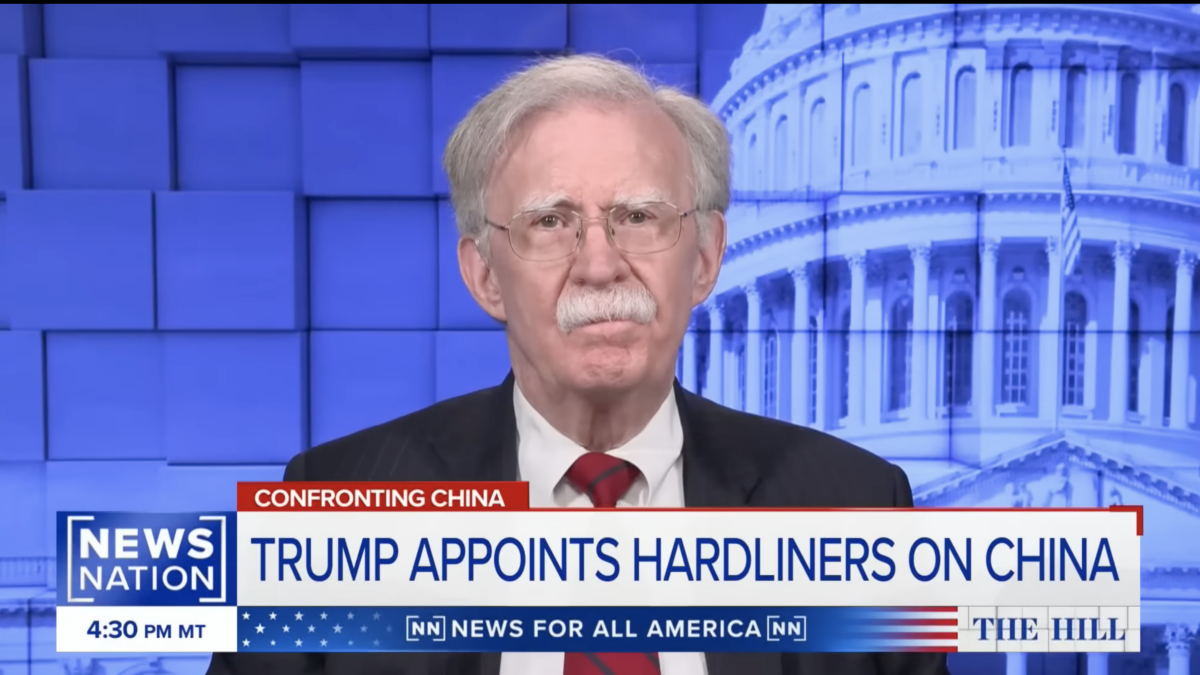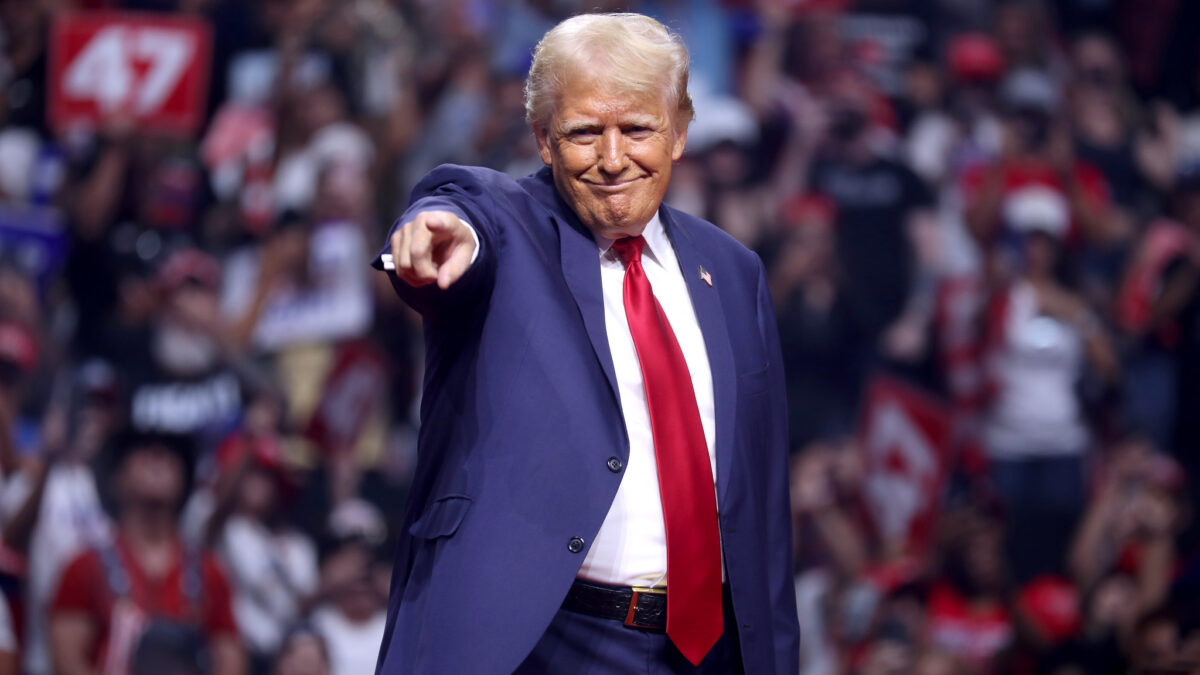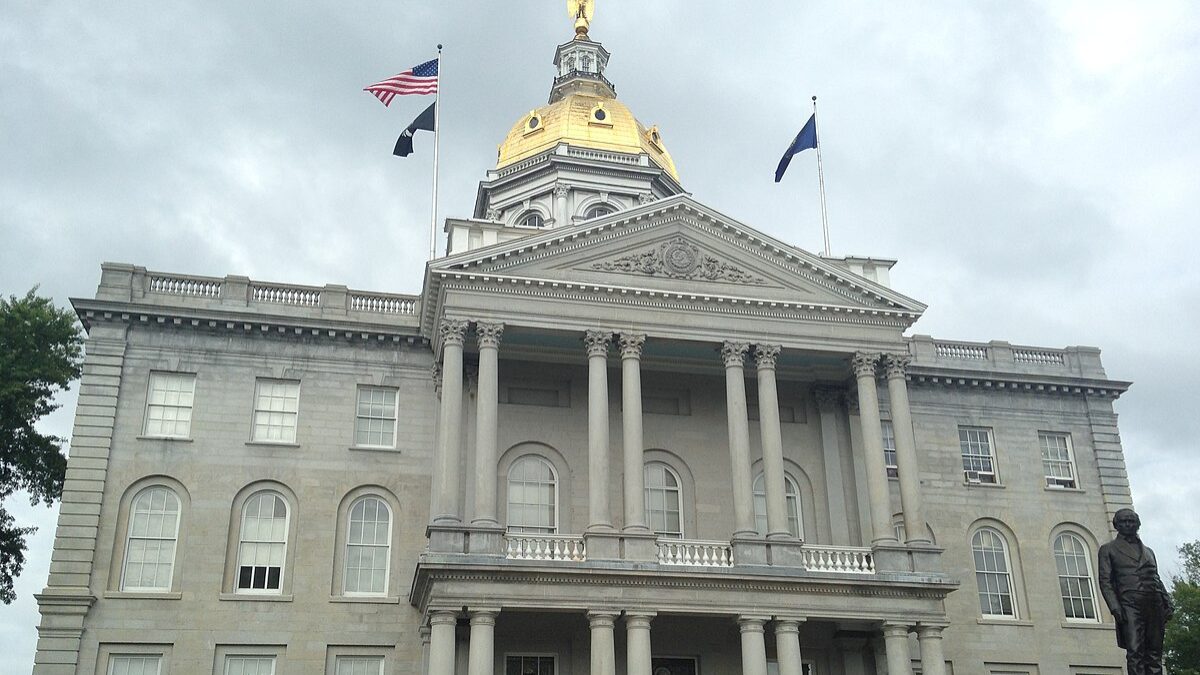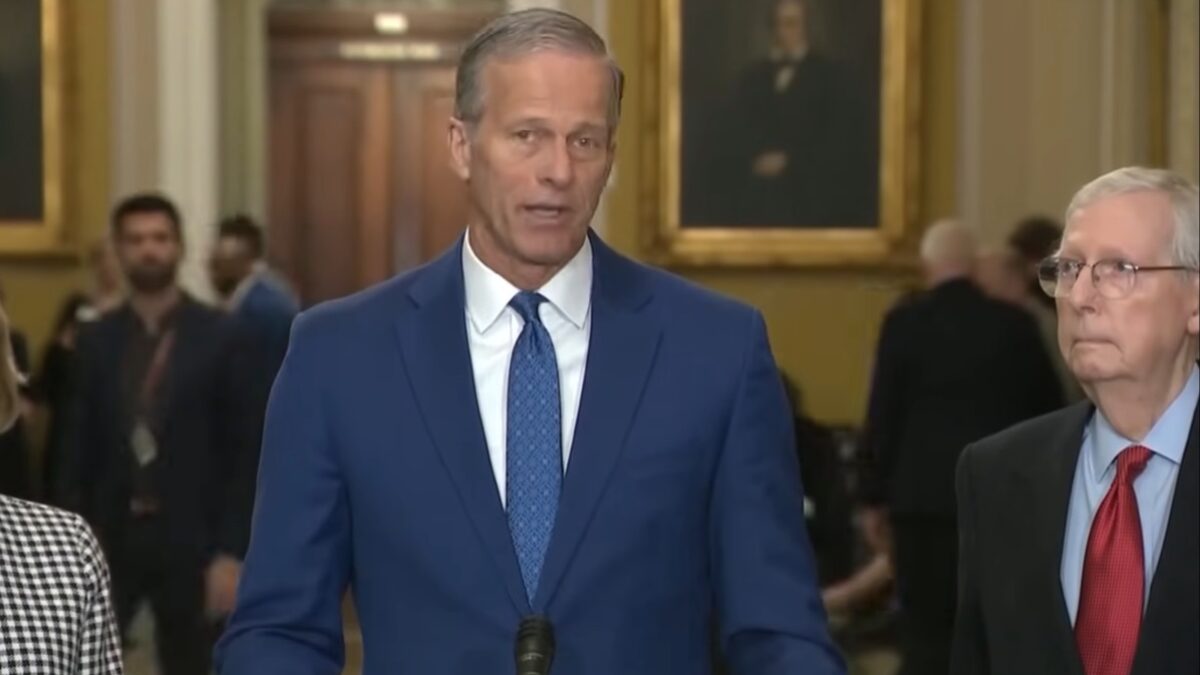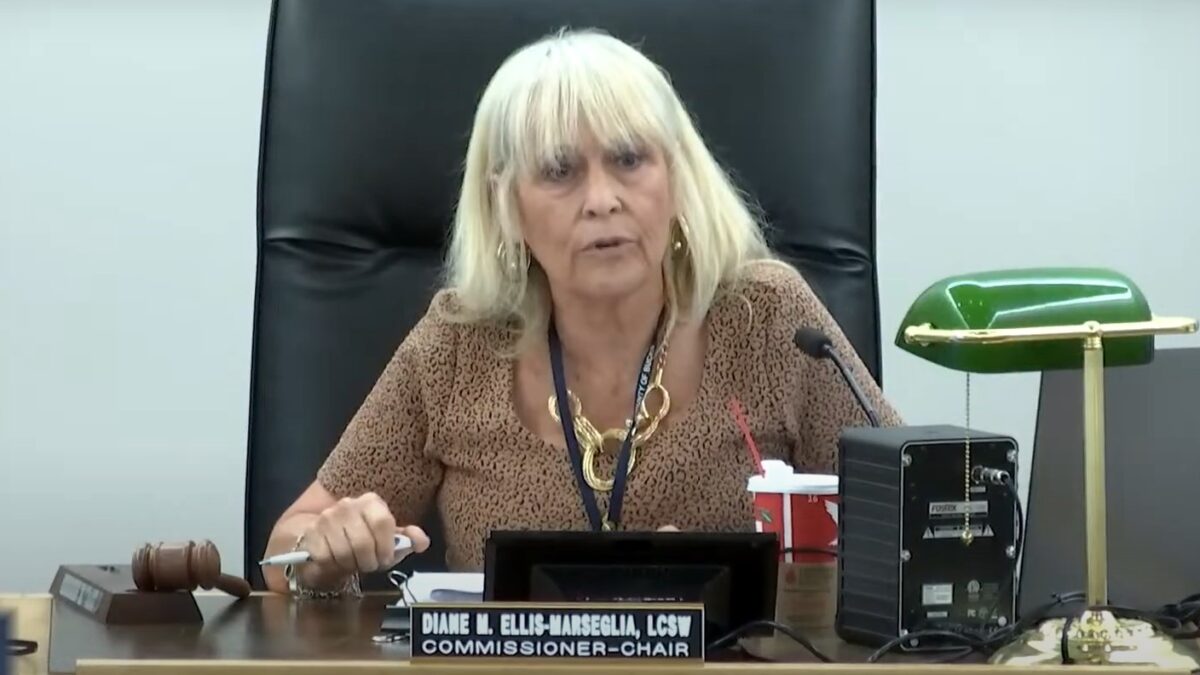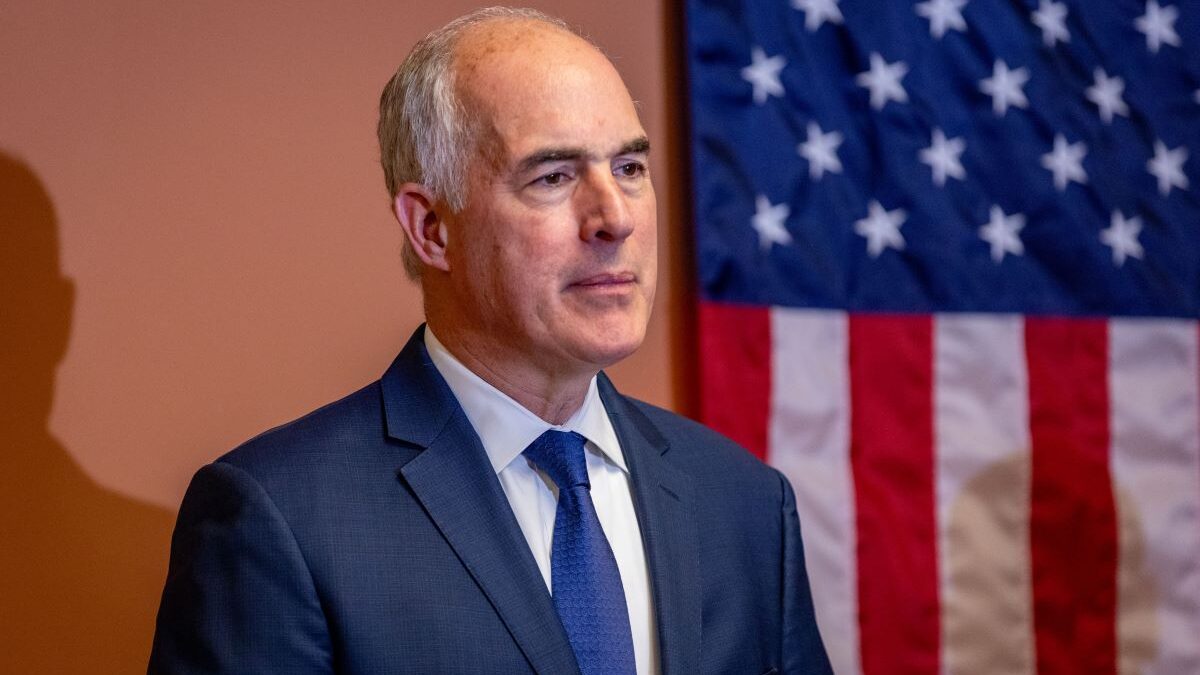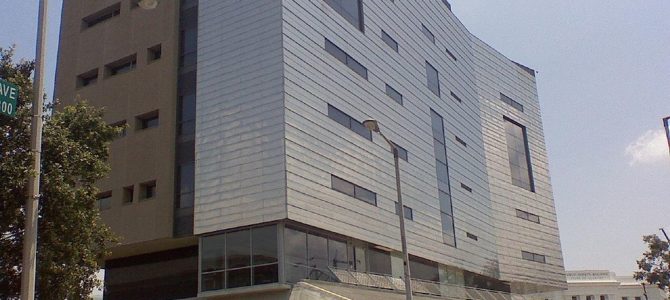
The Southern Poverty Law Center—America’s wealthiest so-called civil rights group—is engulfed in scandal. Do not expect the establishment media to stop relying on them anytime soon.
In March, the SPLC ousted its co-founder and public face, Morris Dees, amid multiple allegations of sexual harassment and mistreatment of nonwhite staffers. Two weeks later, SPLC president Richard Cohen stepped down to assist the group in implementing findings of an internal investigation.
That the SPLC has been a problematic organization for many years has been clear to anyone who cared to take a close look. Bob Moser, a former SPLC writer, recently summed up the prior findings of non-right-wing publications: “In 1995, the Montgomery Advertiser had been a Pulitzer finalist for a series that documented, among other things, staffers’ allegations of racial discrimination within the organization. In Harper’s, Ken Silverstein had revealed that the center had accumulated an endowment topping a hundred and twenty million dollars while paying lavish salaries to its highest-ranking staffers and spending far less than most nonprofit groups on the work that it claimed to do. The great Southern journalist John Egerton, writing for The Progressive, had painted a damning portrait of Dees, the center’s longtime mastermind, as a ‘super-salesman and master fundraiser’ who viewed civil-rights work mainly as a marketing tool for bilking gullible Northern liberals.”
Nevertheless, Moser was shocked by what he found when he began working for the SPLC in 2001. A co-worker laughingly retorted: “And you call yourself a journalist! Clearly you didn’t do your research.” Moser was far from the only journalist who has not done his research. And why would they? After all, the SPLC were the Good Guys fighting right-wingers who were obviously the Bad Guys.
Jim Tharpe, the former managing editor of the Montgomery Advertiser, recently gave a sense of how this dynamic played locally before they exposed the SPLC. “We were, at the time, anything but adversaries with the center,” Tharpe wrote. “Like other media outlets, we generally parroted SPLC press releases. We also became friends with SPLC staffers, occasionally attending the center’s parties. Some of my reporters dated staffers at the center.” It took a steady stream of complaints from former SPLC employees to open their eyes.
At the national level, many establishment journalists still prefer to print the legend over the facts. The SPLC built its reputation on “bankrupting” the Ku Klux Klan when the group already had declined from millions of members to roughly 2,000, many of whom were FBI informants. The United Klans of America’s total assets at the time were roughly $50,000.
From there, the SPLC moved away from representing the poor and pursuing civil rights lawsuits, appointing itself the nation’s foremost experts on hate groups (almost all of which are conveniently right-wing). The center’s so-called “Intelligence Project,” highly dependent on building a media profile and scaring donors, generally requires hyping an atmosphere of fear, a “rising tide” of right-wing hate in America.
It is therefore not surprising the SPLC would eventually over-extend themselves into legal trouble. Notably, there was the case of Maajid Nawaz, the chairman of Quilliam, a think tank that challenges the narratives of Islamist extremists. In 2016, the SPLC branded him an anti-Muslim extremist. In 2018, under threat of a defamation lawsuit (perhaps in the UK, where libel is less protected), the center apologized and paid a $3.375 million settlement to Nawaz and Quilliam. Nawaz has also suggested the SPLC targeted him first and reverse-engineered the smear against him.
The SPLC similarly issued a public apology for branding Ben Carson an extremist. Then there are the dubious hate group listings the center has not retracted, such as the Ruth Institute, based upon the flimsiest of rationalizations.
The SPLC’s increasingly troubled reputation raises the question of why so many establishment media outlets continue to rely on a group that has conflict of interest of a fundraising-obsessed activist group posing as a neutral arbiter of information about hate groups. A cynic might conclude the media props up the SPLC to advance a shared political agenda. That cynic would have some evidence to support the theory.
Consider how the media treats the SPLC when the subject is one of the few left-wing hate groups the SPLC names to maintain the facade of a nonpartisan organization. For example, in early 2018, when the association of Democratic House members and Women’s March leaders were a hot story, the New York Times responded with the how-boring-can-we-make-this headline: “Why Louis Farrakhan Is Back in the News.” The SPLC’s hate-group designation of the Nation of Islam is reduced to an introductory clause in paragraph three, followed by extensive rationalizations. There is no quotation from the SPLC’s website or personnel.
Similarly, when the Covington Catholic High School students were harassed by racist Black Hebrew Israelites at the March For Life, the media focused on smearing the former and ignoring or downplaying the latter. The SPLC’s designation of such groups as racist, anti-gay and anti-Semitic was reported by the Times in paragraph 17 of a story calling the controversy a “divine opportunity” for the group. A similar explainer at the Washington Post mentions the SPLC in paragraph 23. In both cases, there is no quotation from the SPLC’s website or employees.
In short, the SPLC’s supposed expertise is reduced to a passing mention when the hate group at issue does not advance the political narrative of Right-Wingers Are Bad People. The establishment media’s not-so-subtle use of the SPLC as a political cudgel—a way to express the opinions the so-called journalists cannot as openly express themselves—is unfortunately not limited to this scandal-plagued organization.
The American Civil Liberties Union, finding itself flush with “Resistance” cash after the 2016 election, has, like the SPLC, become involved in political activism. ACLU Executive Director Anthony Romero contends he is following the model of the National Rifle Association.
However, the NRA has not wavered on its primary commitment to the Second Amendment. In contrast, the ACLU’s activism has been accompanied by: new case-selection guidelines that retreat from viewpoint-neutral advocacy of free speech rights; a reversal in support for the Religious Freedom Restoration Act now that Christians need it; support for using the “no-fly” list to violate people’s Second Amendment and due process rights; opposition to due process rights at colleges and universities; and embracing guilt by association over the presumption of innocence to oppose the confirmation of Justice Brett Kavanaugh to the Supreme Court.
Further, there is the general failure of Big Media to notice the Anti-Defamation League has been soft on the anti-Semitic remarks and associations of Democrats and progressives like former representative Keith Ellison and Women’s March organizer Linda Sarsour under the “leadership” of former Obama administration official Jonathan Greenblatt.
The decline of trust in American institutions must be seen in light of the sort of corruption that leads prominent non-governmental watchdogs squander what credibility they have to become conflicted with left-wing political advocacy. It is just as true of the establishment media as it is of the SPLC, the ACLU, and the ADL.


